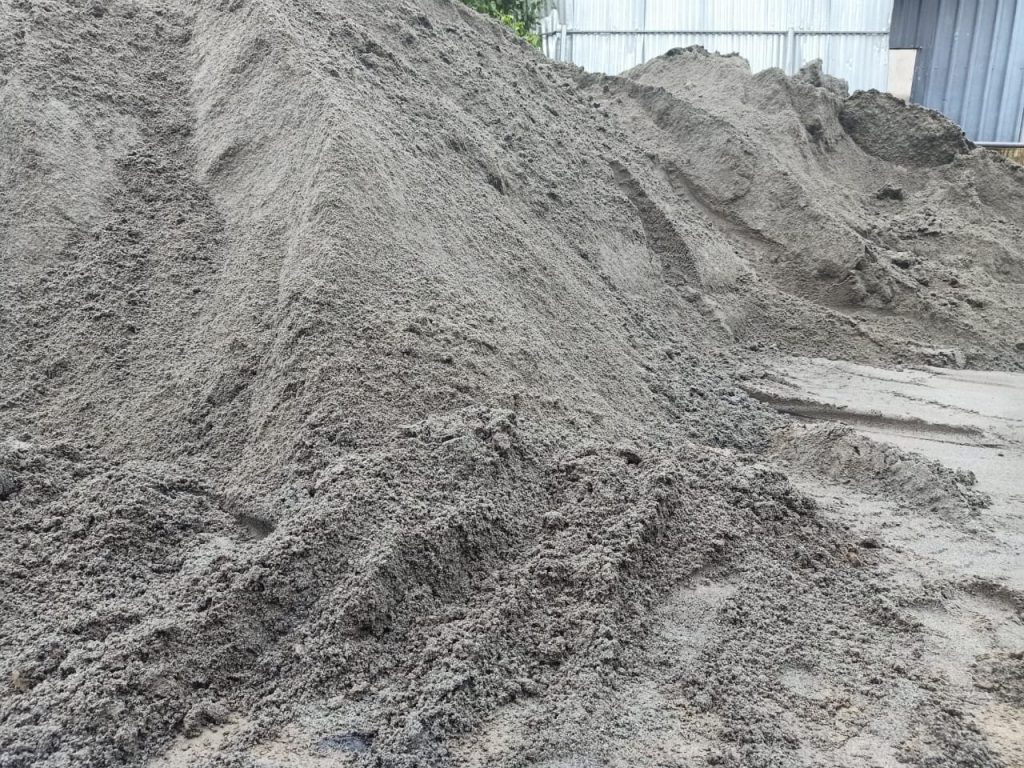Durability is a key factor in sustainable building, helping to ensure that buildings remain functional over time. Insufficient durability could result in significant expenses to repair or rebuild in addition to environmental harm.
Durability can also reduce costs on maintenance through reducing the unplanned breakdowns. It’s especially crucial in the case of heavy equipment such as cranes.
Importance
The capacity of building materials and buildings to resist degrading and decay is among of the most important components of building performance. Durability can be influenced by several factors such as the selection of raw materials, quality assurance, design and the maintenance.
Concrete as well as steel are both extremely strong building materials, which can withstand the inevitable aging process of their components over the course of. They can also be used to make new ones over the duration of a structure, which is one of the most important aspects of sustainability.
Most of the time, durability goes along with a low-maintenance. Concrete structures require little maintenance and will last for a lengthy duration compared to wood structures which need to be frequently painted. Consider the life span of structures as they can reduce the annualized environmental footprint.

Factors Influencing Material Longevity
There are many factors that affect the life span of construction materials. It’s hard to know the life expectancy of a building based on the construction materials used without detailed specifications However, structures with outstanding durabilities can last at least 30 years or more before the need for major repairs is required.
Quality of construction methods and of materials used in a construction affect the long-term durability of that building. Concrete can be an extremely durable product if properly placed, cured and formed. Protective measures like cathodic impressed current shielding are also able to extend the lifetime of steel and reinforced concrete elements.
Low maintenance is usually an indicator of long-term durability. The term “durability” is frequently associated with a low-maintenance. In the case of siding that needs regular maintenance will be less durable than window frames made of pultruded fiberglass that need little to no care to continue in operation.
Strategies to Enhance Materials’ Durability
When it comes to building a tall skyscraper or constructing a piece furniture, the durable materials used in construction allow for long-term use. In order to maximize the durability of your product it is essential to plan and execute the project with care. are essential. The strategies for durability are:
Incorporating durability into design at the outset. The modular design allows for the exchange of components and repairs. This improves the lifespan of the product as well as reduces the consumption.
The lab tests durability to find out what challenges there are and how you can identify these. The education of the public about durability to increase sustainable consumption.
Reducing return rates, cutting maintenance expenses and limiting downtime for a reduction in operational expenses. investing in projects that are durable allows firms to cut down on the amount of waste and allocate resources towards essential operations. The durability of projects can also reduce recurring cost, thus increasing yield on investment. Companies can achieve their financial objectives, as well as continue to achieve long-term growth.
Environmental Impact of Construction Materials
The construction industry creates the waste of many materials and produces a lot of pollution. Chemicals used at the construction site, and diesels used in diggers, trucks and construction materials all have environmental effects.
Through spreading the impact of initial construction of buildings for a prolonged period of time strong buildings aid in reducing their environmental footprint. They require less maintenance and can decrease the requirement for new construction resources and the use of energy.
Natural building materials like straw, timber, cob as well as rammed earth and clay have low impact. They are available at a nearby location or even on the premises. They’re typically cheaper to utilize and don’t require factories for their production or large transportation distances that are required to transport them to the site. Recycling them reduces further their effect on the earth.
Construction Materials Maintenance: Best Techniques
To ensure that equipment for construction da 1×2 works safely and effectively and safely, it is essential to maintain it regularly. This includes lubrication for equipment in order to reduce friction and wear as well in the calibration of load capacity indicators for preventing overloading which could lead to accidents or costly damage.
Maintaining a good maintenance routine has a huge effect on the lifespan of equipment and the value of resale. A well-maintained machine lasts for longer, and also works more efficiently, preventing costly breakdowns and lessening the duration of projects.
Mechanically induced failure is the primary cause for failures of heavy equipment, but this can be avoided by regular and preventive maintenance checks. Most direct expenses are due to the expenses of mechanics as well as equipment breakdowns and loss of productivity.